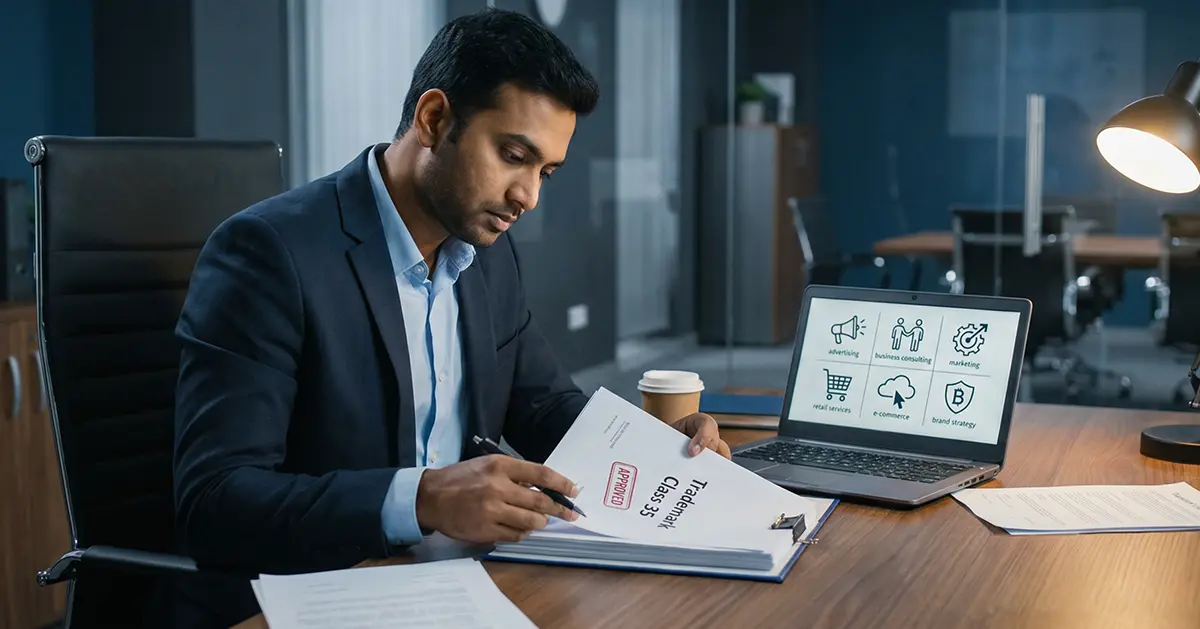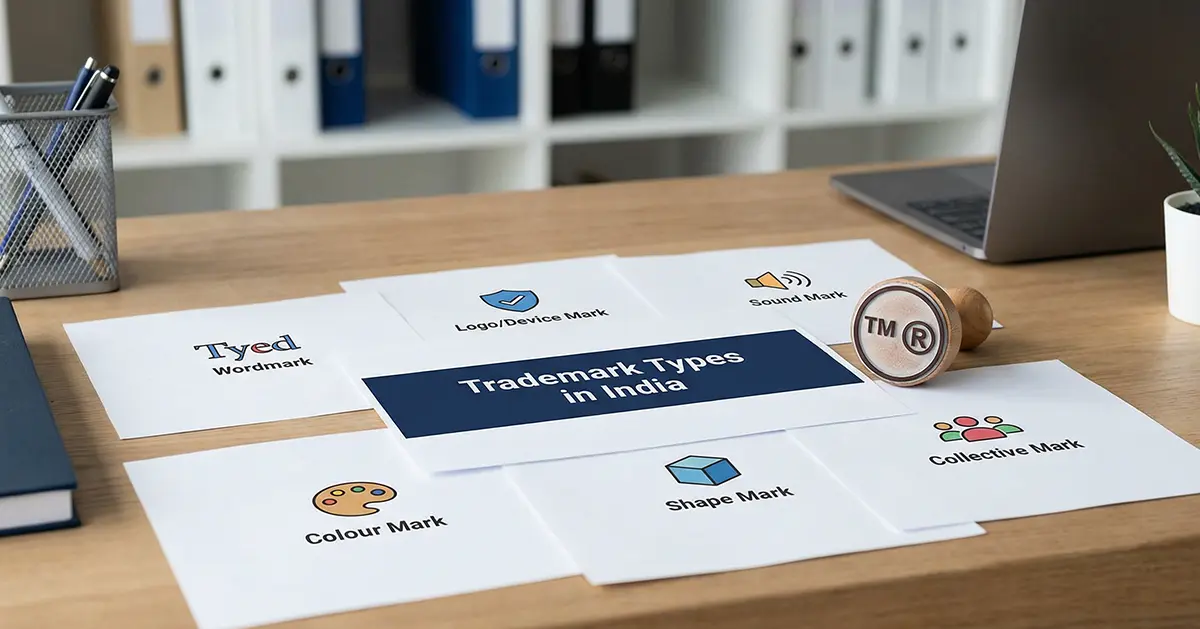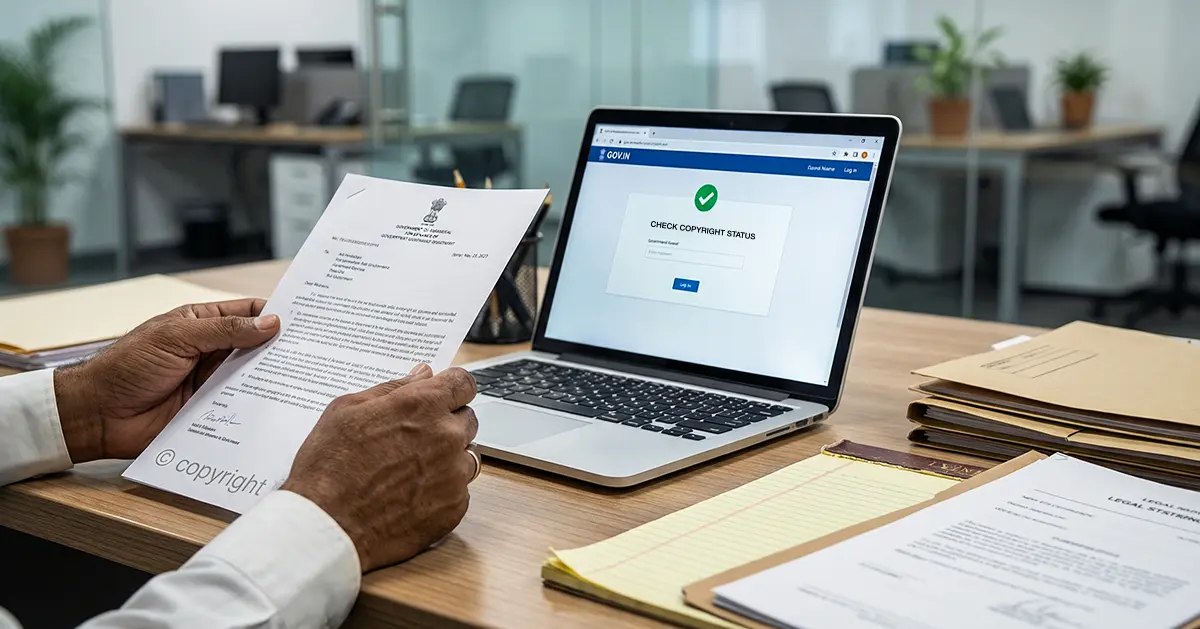
Given the current business and creative landscape where the foundation lies purely in intellectual property, it implies an entire scale of intangible assets derived directly from the human intellect and brainpower. Having the global economy largely hinging on innovation as well as brand, intellectual property cases have escalated to great lengths. Such disputes can be on any type of infringement, such as copyright material use without authorization, trademark infringements, or patent infringement. It is important to know the nature of such disputes, their implications, and methods for resolution for anyone involved in creative or business ventures.
Knowing Intellectual Property
Intellectual property refers to creations of the mind; inventions, literary and artistic works, designs, symbols, names, and images used in commerce. Main categories include intellectual property.
Patents: These exclusively give rights to inventors concerning their inventions. An inventor may prohibit others from making, using, or selling the invention for a certain time, usually 20 years. These patents are also important in securing technological innovations, hence encouraging the research and development.
Copyrights: Protect books, music, movies, and computer software as works of authorship. The period of protection normally lasts for the life of the creator plus another 70 years in most places. Copyright lets the creators make decisions about use and exploitation.
Trademarks: These are the protection of symbols, names, and slogans used to identify goods or services and it differ from patents and copyrights because trademarks can exist forever, as long as they are in use and renewed periodically. Trademarks are very significant in brand identity and consumer recognition.
Trade Secrets: These are trade secrets that refer to confidential business information that gives one a competitive edge, such as formulas, practices, or processes. Unlike other forms of IP, trade secrets are protected as long as they remain confidential.
Types of Intellectual Property Disputes
As businesses increasingly rely on intellectual property to differentiate themselves in the market, disputes over these rights have become commonplace. The most common types of intellectual property disputes include:
Copyright Infringement
Copyright infringement is the use of someone’s copyrighted work without permission from the copyright holder. This would involve unauthorized reproduction, distribution, or public performance of a work. For instance, if a website uses the music of a famous artist and has no licenses in place, they might be sued for copyright infringement.
Issues surrounding copyright have deteriorated because the digital age affords one with easier ways of making copies and posting content online. Some examples that illustrate how fast copyright disputes could blow out into enormous financial damages include high-profile cases such as music piracy and unauthorized streaming services.
Trademark Infringement
A trademark dispute is when one party is using a trademark that is similar to, or even identical to, another party’s registered trademark. The source of the goods sold causes consumer confusion. For instance, a new apparel company in a very attractive logo that is similar to an existing brand like Nike can pose legal challenges.
Trademark dilution is another form of it; this happens when the distinctiveness of a famous trademark is somehow weakened by another, even in the absence of direct competition or possibility of confusion. Companies spend a huge amount of money maintaining the identity of their brands; thus, trademark protection becomes very crucial for their protection in the marketplace.
Patent Infringement
Patent infringement occurs when one produces or uses something for which they have no permission but is covered under a patent. Such a controversy often springs in industries involving the production of innovative products like in technology and pharmaceutical sectors. For instance, where a company makes an innovation based on patented technology without permission, litigation ensues.
Patent disputes often are technical, relating to inventions, and require expert testimony to determine if infringement has taken place. Outcomes can sometimes be quite consequential in terms of market dynamics: injunctions on sales or substantial damages awarded to the patent holder.
Trade Secret Misappropriation
Trade secret disputes occur when confidential business information is disclosed or used without authorization. It often happens when employees leave a company and take proprietary information with them to competitors. For example, if an employee who had access to a company’s customer list starts working for a rival firm and uses that information to solicit business, this could lead to legal action for trade secret misappropriation.
Confidentiality agreements inside the company would need to be strong, in addition to instructing employees not to disclose secrets.
Intellectual Property Disputes Resolution
Since the results of intellectual property dispute resolution can greatly affect the wealth of parties engaged, one must ensure prompt resolution of conflicts. There are methods to resolve them, including;
Negotiation
More than often, the first line in the dispute regarding intellectual property matters is through negotiations. There, parties talk through to arrive at an amicable settlement and then avoid the involvement of a judicial process. Thus, such solutions are possible on both sides through negotiation as relations are also important.
Mediation
Alternative dispute resolution methods include mediation when negotiations stall. In mediation, an impartial third party helps facilitate discussions between disputing parties to reach a mutually acceptable agreement. Mediation tends to be less formal than court proceedings and can save time and resources.
Arbitration
It is a procedure whereby the dispute is presented before one or more arbitrators who give binding decisions according to evidence from both parties. Arbitration tends to be faster than traditional litigation but is not devoid of some formality in proceedings.
Litigation
Litigation is therefore inevitable if other resolution methods fail or if one party seeks legal remedies such as injunctions or damages. It involves filing lawsuits in court where judges will hear arguments from both sides before rendering decisions based on applicable laws governing intellectual property rights.
While litigation can provide definitive resolutions through court orders or judgments—it also comes with risks such as high costs associated with legal fees along with potential reputational damage stemming from public trials.
Challenges in Intellectual Property Disputes
Intellectual property disputes pose several problems that can make it difficult to resolve them:
Complexity: Most IP cases involve technical matters related to patents or copyrights, which are difficult for general practitioners without special expertise in these areas.
Costs: Legal battles over intellectual property rights are costly because of attorney fees, expert witness costs, and court expenses, which are normally a disincentive to smaller businesses pursuing legitimate claims against larger corporations.
Time-Consuming: The process of litigation may take months or even years before reaching resolution, which would cause uncertainty for the businesses involved, potentially affecting their operations during that period.
International Considerations: With businesses now operating globally, IP disputes can easily involve multiple jurisdictions with different laws governing protections, making enforcement across borders complicated.
Evolving Technology: Rapid advancements in technology create new challenges related to IP protection; what was once considered unique may quickly become outdated leading companies into gray areas regarding ownership rights over innovations developed collaboratively within industries like software development.
Conclusion
Intellectual property disputes are an inevitable part of today’s innovation-driven economy where creativity meets commerce at every turn. The knowledge of how these conflicts arise from copyright infringement through patent violations equips individuals and organizations alike with the knowledge to avoid potential pitfalls effectively while protecting valuable assets.
By using negotiation techniques along with alternative dispute resolution methods like mediation & arbitration, parties involved can often resolve issues amicably without resorting to litigation whenever possible! However, when necessary, litigation remains an available avenue, ensuring justice prevails while protecting rights associated with intangible creations.




